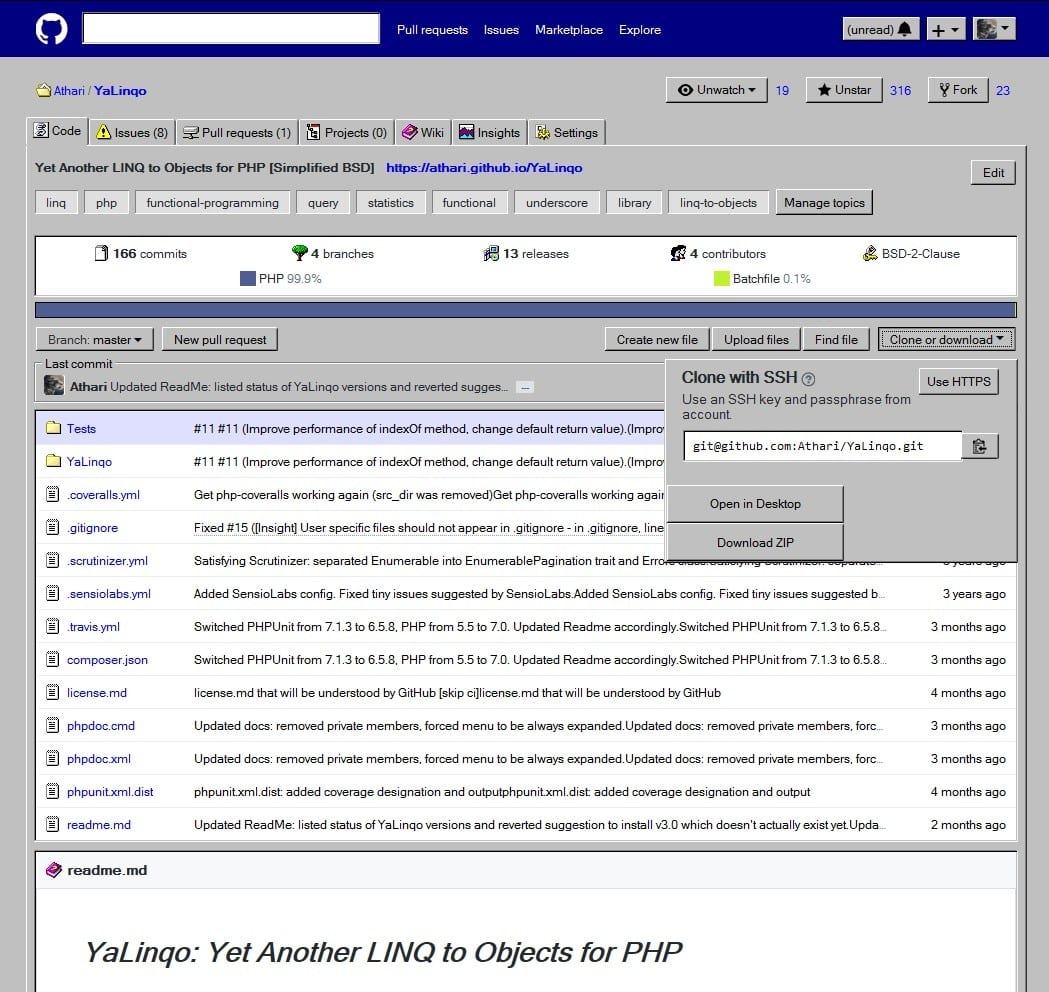

- #WINDOWS 9X PROJECT DRIVERS#
- #WINDOWS 9X PROJECT DRIVER#
- #WINDOWS 9X PROJECT SOFTWARE#
- #WINDOWS 9X PROJECT PC#
- #WINDOWS 9X PROJECT FREE#
There were other third-party drivers for Windows 98SE for the virtual graphics card of VirtualBox (VBEMP and DisplayDoctor), but this is a better one (I am told).
#WINDOWS 9X PROJECT DRIVER#
VirtualBox does provide a driver for Windows 2000/XP (that’s what “guest additions” are, it’s an iso image you load in your VM and which contains the driver), but not Windows 98SE. The problem is that the VirtualBox people don’t provide a Windows 98SE driver for the virtual graphics card. You can solve the problem of “only 640×480 at 16 colors” by installing the drivers that came with your graphics card (either we are talking about a physical box or a VM), if the manufacturer ships a Windows 98SE driver. Also, you get no 2D acceleration (blitting) or 3D acceleration, because a VGA doesn’t have those. Which means that programs requiring 256-colors or higher resolutions won’t run. Unfortunately, that’s vanilla VGA, not SVGA or VESA, which means you are limited to 640×480 at 16 colors.
#WINDOWS 9X PROJECT PC#
If your system’s graphics card isn’t among the few Windows 98SE has bundled drivers for, then Windows 98SE will default to the VGA driver (note: every graphics card targeting the PC ecosystem has to have a VGA emulation mode so it can be driven with the VGA driver, and so does the virtual graphics card of VirtualBox). In plain English: While Windows 98SE does ship with bundled drivers for graphics cards, it’s only for a small selection of period-correct graphics cards. There are commercial enterprises that will translate the legacy data to a modern commercial utility / solution, but you can imagine how pricey this might be, so avoiding that cost with a little bit of labour is critical for many researchers who exist on tiny budgets.
#WINDOWS 9X PROJECT SOFTWARE#
Much of the software has a built in emulation mode, and I often assist them to setup and run this in a VM to make accessing and analysing the data a bit friendlier than needing to run an old OS on PC hardware, old hardware that is getting harder to keep running with every year that passes. I have clients that keep old hardware running so they can use and analyse the legacy data, most have many many years of scans available to reference for R&D. I find it in commercial or research software used to drive high end imaging systems like electron microscopes, interferometers and medical scanners.
#WINDOWS 9X PROJECT FREE#
On linux I use Qemu/KVM primarily for headless server applications.īell Labs Analysis “topo”, it was an early suite of tools that often popped up in imaging software, I suspect as a free alternative to something like IDL. Sounds interesting, is this public software? Personally my uses of virtualbox have been pretty much limited to running linux on windows. The software are all based on the same Bell Labs utilities used for topographic analysis of 3D data. I can’t wait to try it, I have a bunch of legacy Win95 based systems that are unreliable running in Win95 under VBox, mostly software that is used to access stored data from legacy hardware, nearly all of them suffer video driver issues related to time-outs doing 3D plots or other video based translations. The article specifically says the new minidriver is not accelerated, but a lot of win32 applications weren’t accelerated anyways so anything is worth a shot. Did you mean making legacy software more reliable under a VM,…I don’t know, I guess it could especially if the graphics were timing critical for some reason. Hmm, I don’t think it will work with any “legacy hardware”. VBoxSVGA: 970fps +/- 30 (in this mode, Cinnamon warns me that the desktop environment’s graphics are running on CPU)ĭo you think this will make legacy hardware more reliable? VBoxVGA: 60fps +/- 2 (very low, but moving a window around is not smooth so it seems plausible)
.png)

This user reported performance under linux. I tried to find good benchmarks but didn’t find much… Theoretically the resulting inefficiency would hurt you twice, once on the guest and again on the host. Not only does this hurt performance on actual hardware, but this could be quite expensive to emulate in a VM too. Different video memory planes would need to be toggled using port IO to access all the video ram. I don’t know if it applies to virtualbox with windows 9x, but legacy 16bit video hardware used nonlinear frame buffers due to the limitations 16bit segments. This is one of those things you don’t notice when it’s there, but when it isn’t there things become annoying (like resizing the window and then having to scroll around the VM’s screen from the host). One immediate benefit of the virtualbox drivers is the ability to have arbitrary screen sizes AND be able to resize the screen on the fly without having to scale the VM’s display. Is the more ‘direct’ approach faster or more stable or easier to maintain?


 0 kommentar(er)
0 kommentar(er)
